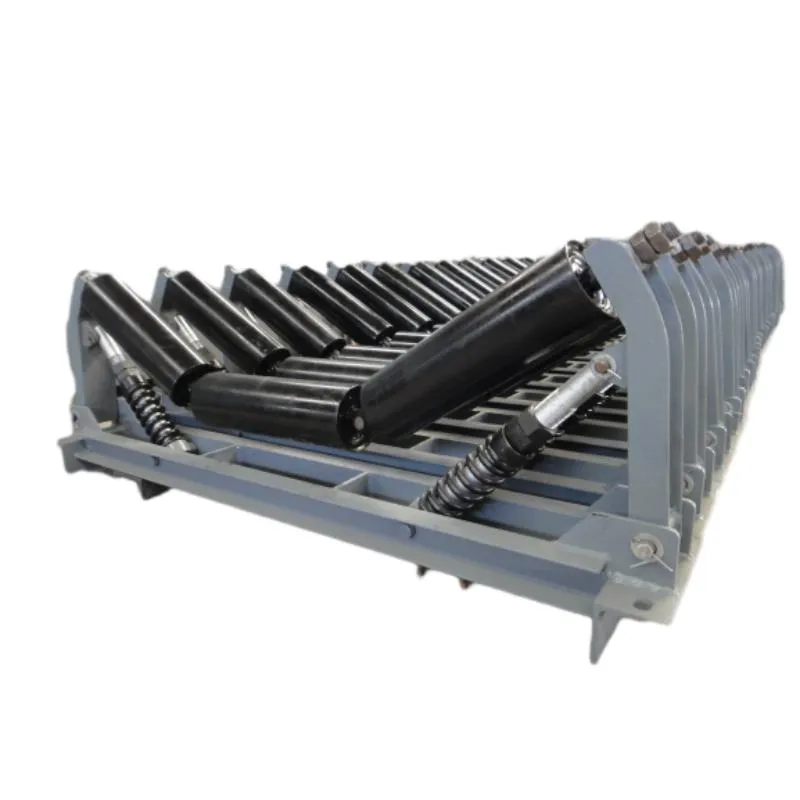 Afrikaans
Afrikaans  Albanian
Albanian  Amharic
Amharic  Arabic
Arabic  Armenian
Armenian  Azerbaijani
Azerbaijani  Basque
Basque  Belarusian
Belarusian  Bengali
Bengali  Bosnian
Bosnian  Bulgarian
Bulgarian  Catalan
Catalan  Cebuano
Cebuano  Corsican
Corsican  Croatian
Croatian  Czech
Czech  Danish
Danish  Dutch
Dutch  English
English  Esperanto
Esperanto  Estonian
Estonian  Finnish
Finnish  French
French  Frisian
Frisian  Galician
Galician  Georgian
Georgian  German
German  Greek
Greek  Gujarati
Gujarati  Haitian Creole
Haitian Creole  hausa
hausa  hawaiian
hawaiian  Hebrew
Hebrew  Hindi
Hindi  Miao
Miao  Hungarian
Hungarian  Icelandic
Icelandic  igbo
igbo  Indonesian
Indonesian  irish
irish  Italian
Italian  Japanese
Japanese  Javanese
Javanese  Kannada
Kannada  kazakh
kazakh  Khmer
Khmer  Rwandese
Rwandese  Korean
Korean  Kurdish
Kurdish  Kyrgyz
Kyrgyz  Lao
Lao  Latin
Latin  Latvian
Latvian  Lithuanian
Lithuanian  Luxembourgish
Luxembourgish  Macedonian
Macedonian  Malgashi
Malgashi  Malay
Malay  Malayalam
Malayalam  Maltese
Maltese  Maori
Maori  Marathi
Marathi  Mongolian
Mongolian  Myanmar
Myanmar  Nepali
Nepali  Norwegian
Norwegian  Norwegian
Norwegian  Occitan
Occitan  Pashto
Pashto  Persian
Persian  Polish
Polish  Portuguese
Portuguese  Punjabi
Punjabi  Romanian
Romanian  Russian
Russian  Samoan
Samoan  Scottish Gaelic
Scottish Gaelic  Serbian
Serbian  Sesotho
Sesotho  Shona
Shona  Sindhi
Sindhi  Sinhala
Sinhala  Slovak
Slovak  Slovenian
Slovenian  Somali
Somali  Spanish
Spanish  Sundanese
Sundanese  Swahili
Swahili  Swedish
Swedish  Tagalog
Tagalog  Tajik
Tajik  Tamil
Tamil  Tatar
Tatar  Telugu
Telugu  Thai
Thai  Turkish
Turkish  Turkmen
Turkmen  Ukrainian
Ukrainian  Urdu
Urdu  Uighur
Uighur  Uzbek
Uzbek  Vietnamese
Vietnamese  Welsh
Welsh  Bantu
Bantu  Yiddish
Yiddish  Yoruba
Yoruba  Zulu
Zulu Optimizing Belt Training Idlers for Enhanced Conveyor Efficiency and Performance
Understanding Belt Training Idlers An Essential Component in Conveyor Systems
Belt training idlers play a crucial role in the efficient operation of conveyor systems, especially in industries such as mining, manufacturing, and logistics. They are instrumental in ensuring proper alignment of the conveyor belt, thereby minimizing wear and tear and increasing overall system longevity. This article explores the significance, types, and maintenance considerations of belt training idlers to provide a comprehensive understanding of their function in conveyor systems.
The Importance of Belt Training Idlers
Belt training idlers are designed to help keep the conveyor belt centered on its track. Misalignment can lead to several issues, including increased friction, material spillage, and belt damage. By keeping the belt properly aligned, training idlers reduce the risk of operational inefficiencies and costly repairs. Properly functioning idlers also contribute to smoother material transport, promoting safety in the workplace by minimizing accidents caused by spilled materials or belt failure.
Types of Belt Training Idlers
There are several types of belt training idlers, each designed for specific applications and conditions. The most common types include
1. Adjustable Training Idlers These allow for fine-tuning of the alignment based on the specific operational needs of the conveyor system. They are particularly useful in dynamic environments where the load on the belt can change frequently.
2. Self-Adjusting Training Idlers These are equipped with mechanisms that automatically adjust to the belt's position. They are designed to minimize manual interventions, making them ideal for continuous operation systems.
3. Heavy-Duty Idlers These are built to withstand harsh environments and heavy loads. They are often used in mining applications where they are exposed to abrasive materials and extreme conditions.
belt training idlers

Maintenance Considerations
To maximize the lifespan and efficiency of belt training idlers, regular maintenance is essential. Here are some key practices
- Regular Inspections Conduct routine inspections to identify any signs of wear or misalignment. Early detection can prevent more significant issues from arising.
- Adjustments and Alignments Ensure that idlers are correctly adjusted and aligned. This should be checked regularly, especially after the installation of new belts or after significant operational changes.
- Lubrication Keep bearings and moving parts well-lubricated to reduce friction and wear. Follow the manufacturer's recommendations regarding lubrication intervals and types of lubricants.
- Cleaning Keep the area around the idlers clean and free from debris. Accumulated materials can lead to misalignment and increased wear.
- Replacement of Worn Parts Be proactive in replacing any worn components. It is often more cost-effective to replace parts regularly than to wait until they cause a breakdown.
Conclusion
Belt training idlers are an indispensable part of any conveyor system. Understanding their role and implementing proper maintenance protocols can lead to significant improvements in operational efficiency and safety. By ensuring that these components function optimally, businesses can protect their investments, enhance productivity, and maintain a safer working environment. As industries continue to evolve and demand increases for more effective material handling solutions, the importance of properly functioning belt training idlers will only grow.
-
Revolutionizing Conveyor Reliability with Advanced Rubber Lagging PulleysNewsJul.22,2025
-
Powering Precision and Durability with Expert Manufacturers of Conveyor ComponentsNewsJul.22,2025
-
Optimizing Conveyor Systems with Advanced Conveyor AccessoriesNewsJul.22,2025
-
Maximize Conveyor Efficiency with Quality Conveyor Idler PulleysNewsJul.22,2025
-
Future-Proof Your Conveyor System with High-Performance Polyurethane RollerNewsJul.22,2025
-
Driving Efficiency Forward with Quality Idlers and RollersNewsJul.22,2025





























